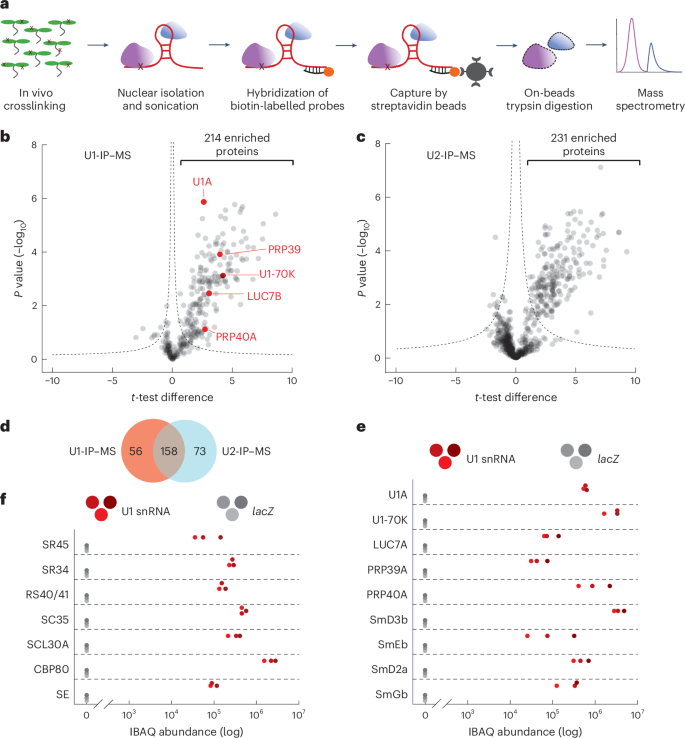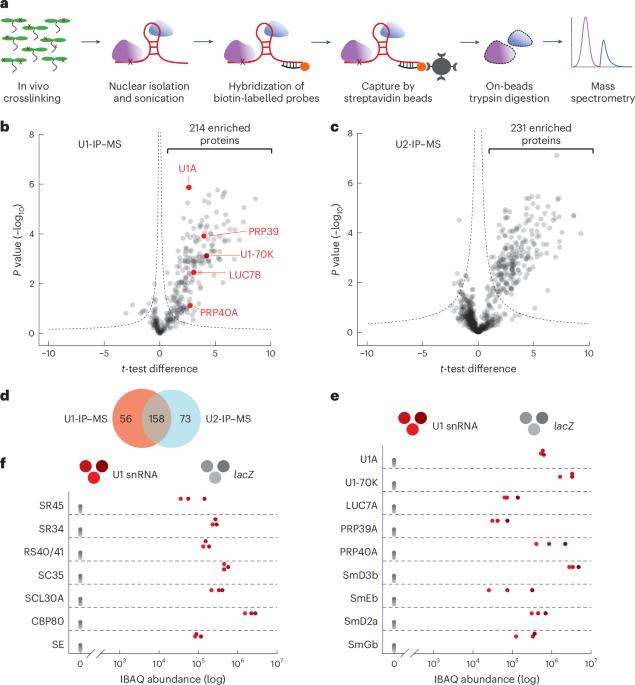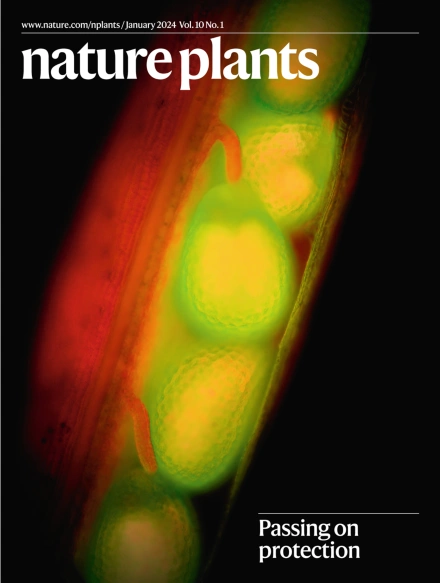The Arabidopsis U1 snRNP regulates mRNA 3′-end processing
IF 15.8
1区 生物学
Q1 PLANT SCIENCES
引用次数: 0
Abstract
The removal of introns by the spliceosome is a key gene regulatory mechanism in eukaryotes, with the U1 snRNP subunit playing a crucial role in the early stages of splicing. Studies in metazoans show that the U1 snRNP also conducts splicing-independent functions, but the lack of genetic tools and knowledge about U1 snRNP-associated proteins have limited the study of such splicing-independent functions in plants. Here we describe an RNA-centric approach that identified more than 200 proteins associated with the Arabidopsis U1 snRNP and revealed a tight link to mRNA cleavage and polyadenylation factors. Interestingly, we found that the U1 snRNP protects mRNAs against premature cleavage and polyadenylation within introns—a mechanism known as telescripting in metazoans—while also influencing alternative polyadenylation site selection in 3′-UTRs. Overall, our work provides a comprehensive view of U1 snRNP interactors and reveals novel functions in regulating mRNA 3′-end processing in Arabidopsis, laying the groundwork for understanding non-canonical functions of plant U1 snRNPs. Researchers found that a plant U1 snRNP complex associates with 200 proteins and conducts splicing-independent roles by safeguarding RNAs against premature cleavage and polyadenylation, similar to a process known as telescripting in metazoans.


拟南芥 U1 snRNP 调控 mRNA 3′端加工
剪接体去除内含子是真核生物的一种关键基因调控机制,其中 U1 snRNP 亚基在剪接的早期阶段发挥着至关重要的作用。对类人猿的研究表明,U1 snRNP 还能发挥剪接无关的功能,但由于缺乏遗传工具和对 U1 snRNP 相关蛋白的了解,限制了对植物中剪接无关功能的研究。在这里,我们描述了一种以 RNA 为中心的方法,该方法鉴定了 200 多种与拟南芥 U1 snRNP 相关的蛋白质,并揭示了它们与 mRNA 分裂和多聚腺苷酸化因子之间的紧密联系。有趣的是,我们发现 U1 snRNP 保护 mRNA 在内含子中不被过早裂解和多聚腺苷酸化--这种机制在类人猿中被称为 telescripting--同时也影响 3′-UTR 中替代性多聚腺苷酸化位点的选择。总之,我们的工作提供了一个关于 U1 snRNP 相互作用者的全面视角,揭示了拟南芥在调控 mRNA 3′末端加工方面的新功能,为了解植物 U1 snRNPs 的非经典功能奠定了基础。
本文章由计算机程序翻译,如有差异,请以英文原文为准。
求助全文
约1分钟内获得全文
求助全文
来源期刊

Nature Plants
PLANT SCIENCES-
CiteScore
25.30
自引率
2.20%
发文量
196
期刊介绍:
Nature Plants is an online-only, monthly journal publishing the best research on plants — from their evolution, development, metabolism and environmental interactions to their societal significance.
 求助内容:
求助内容: 应助结果提醒方式:
应助结果提醒方式:


